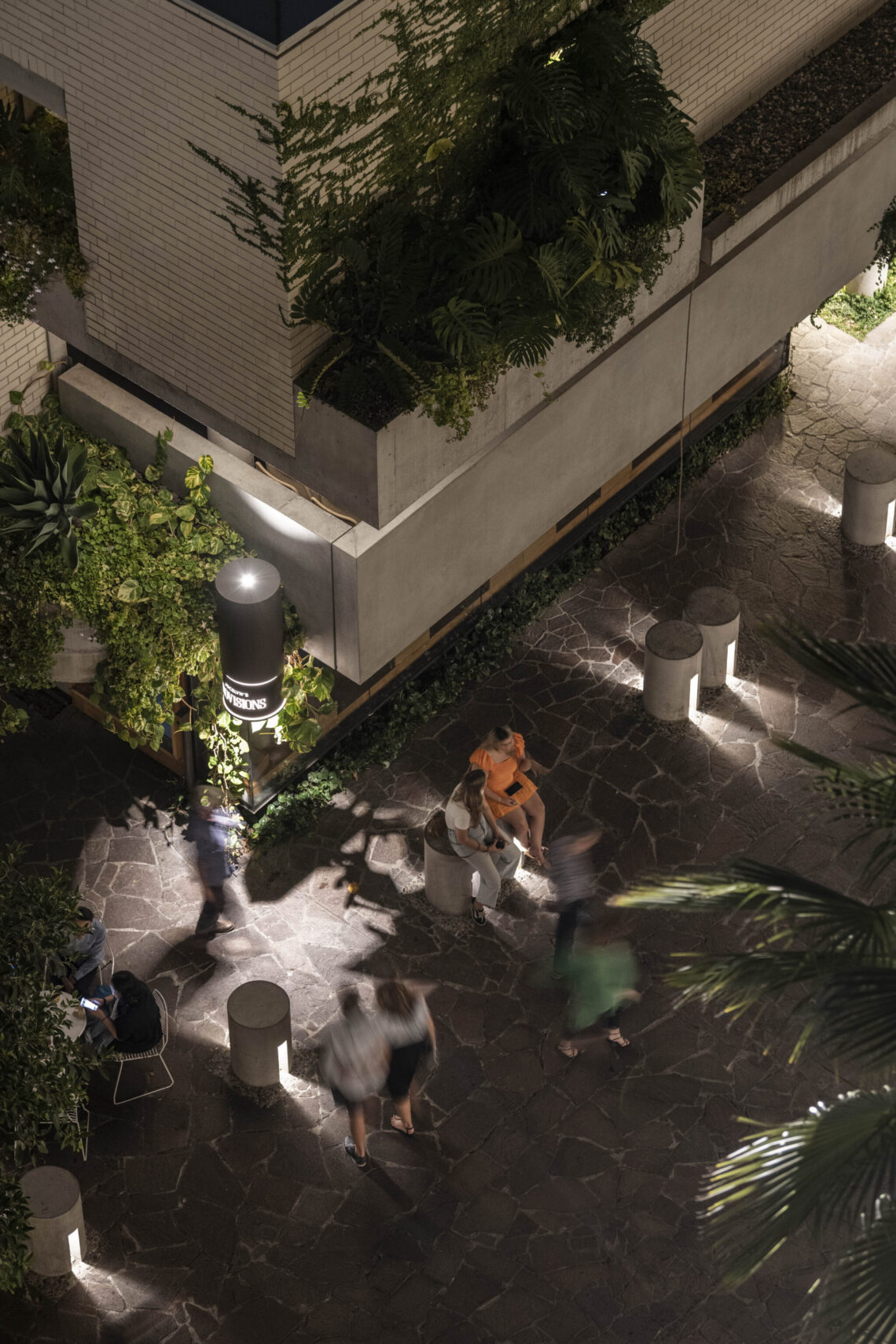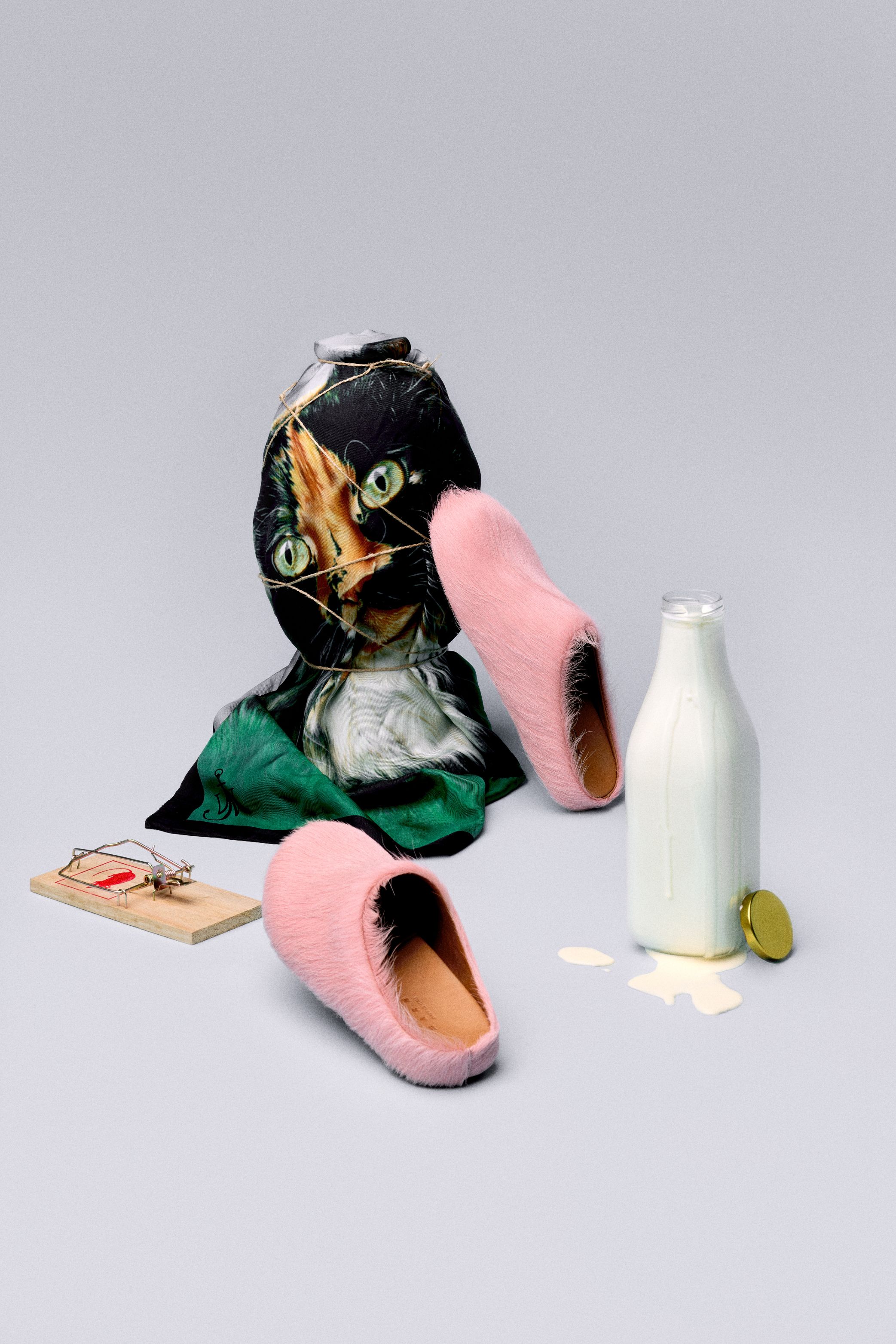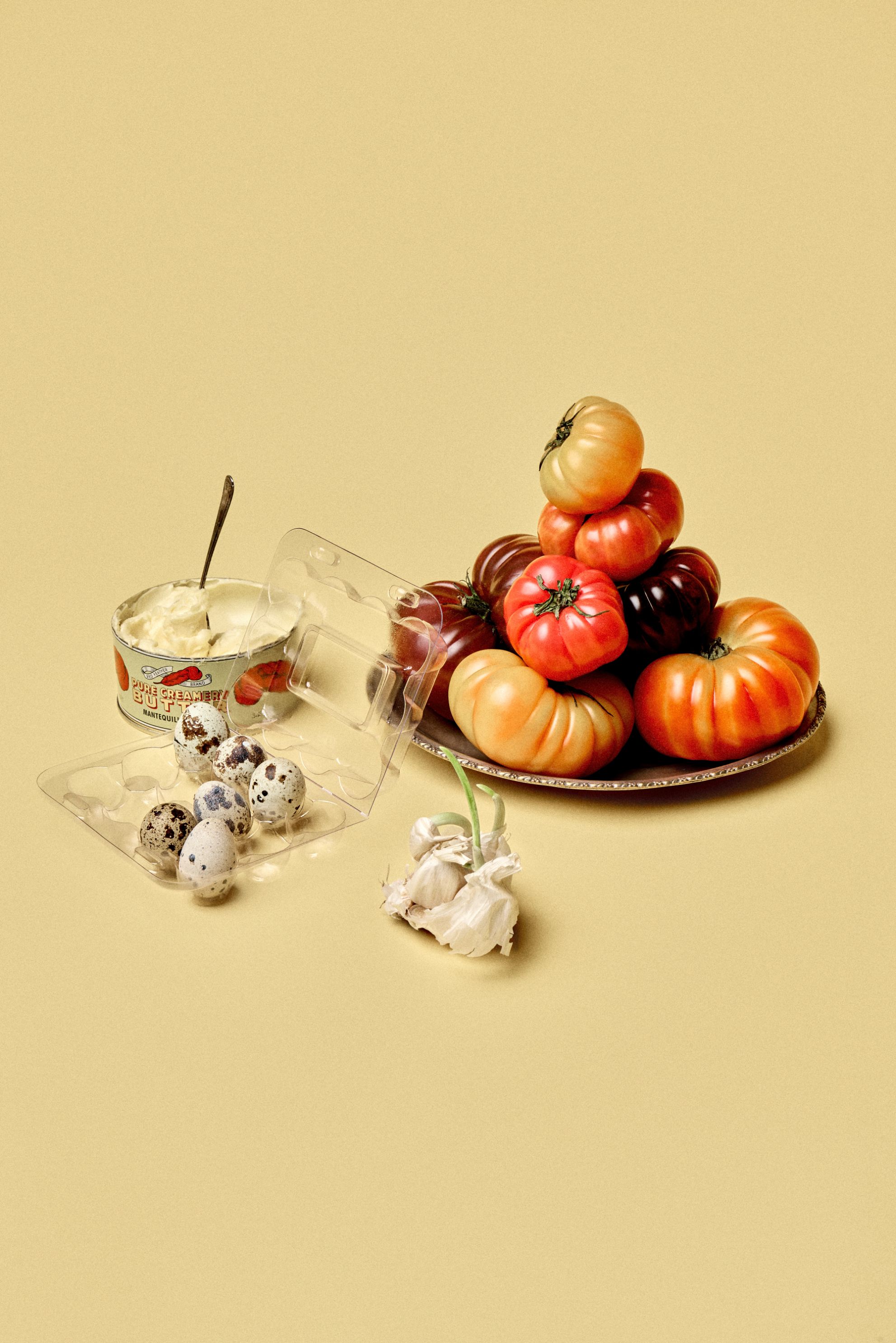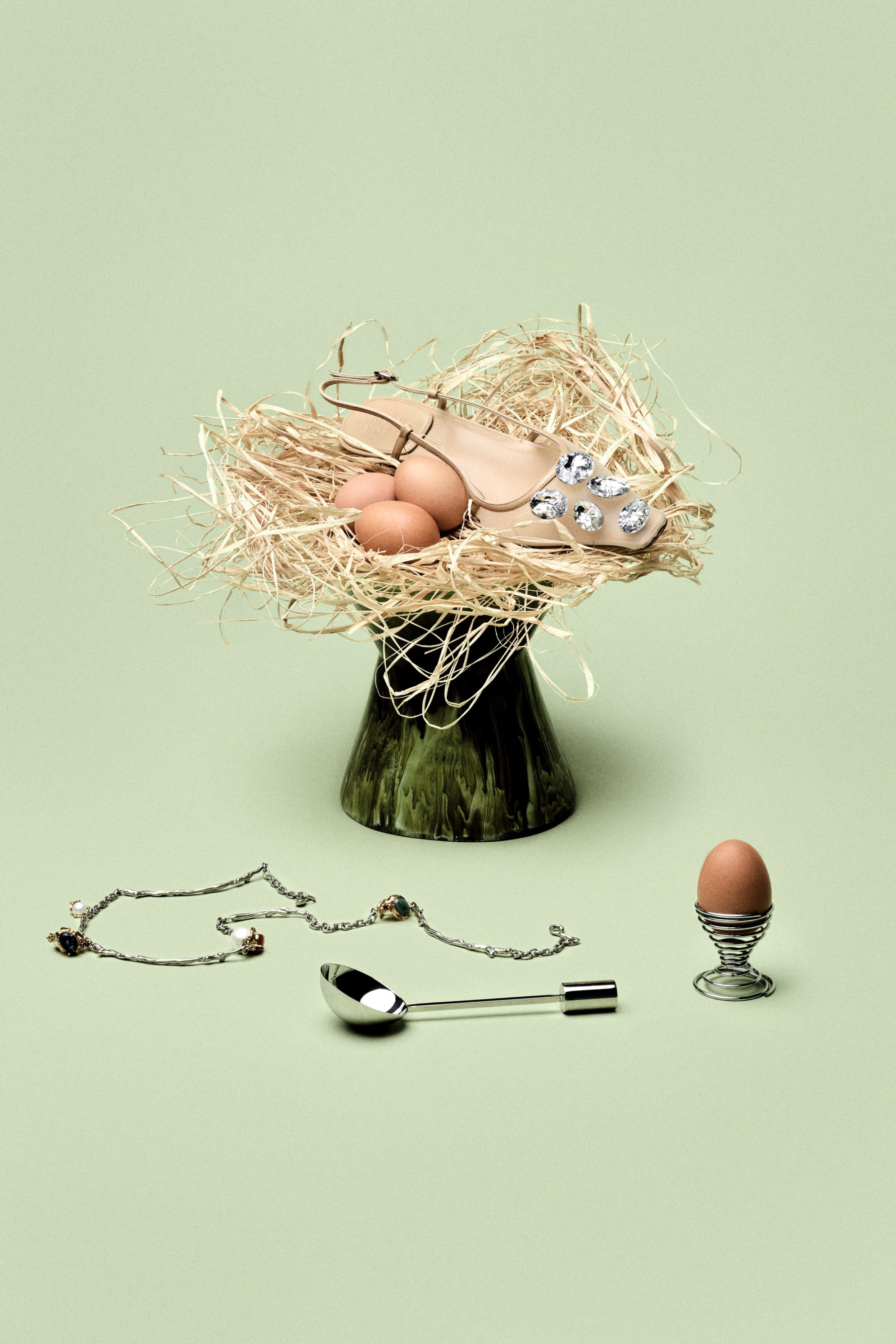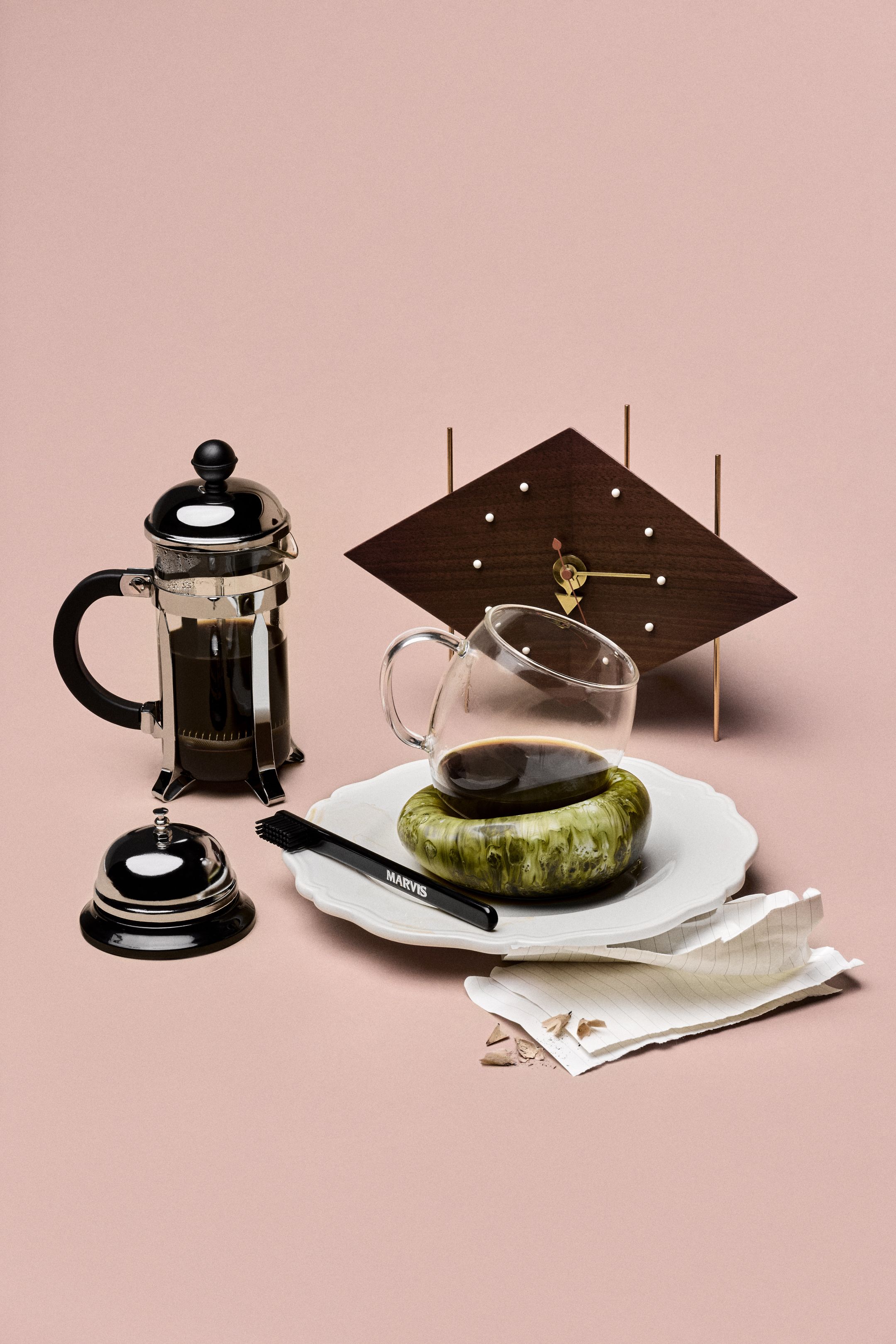St. Agni’s New Design
Journal
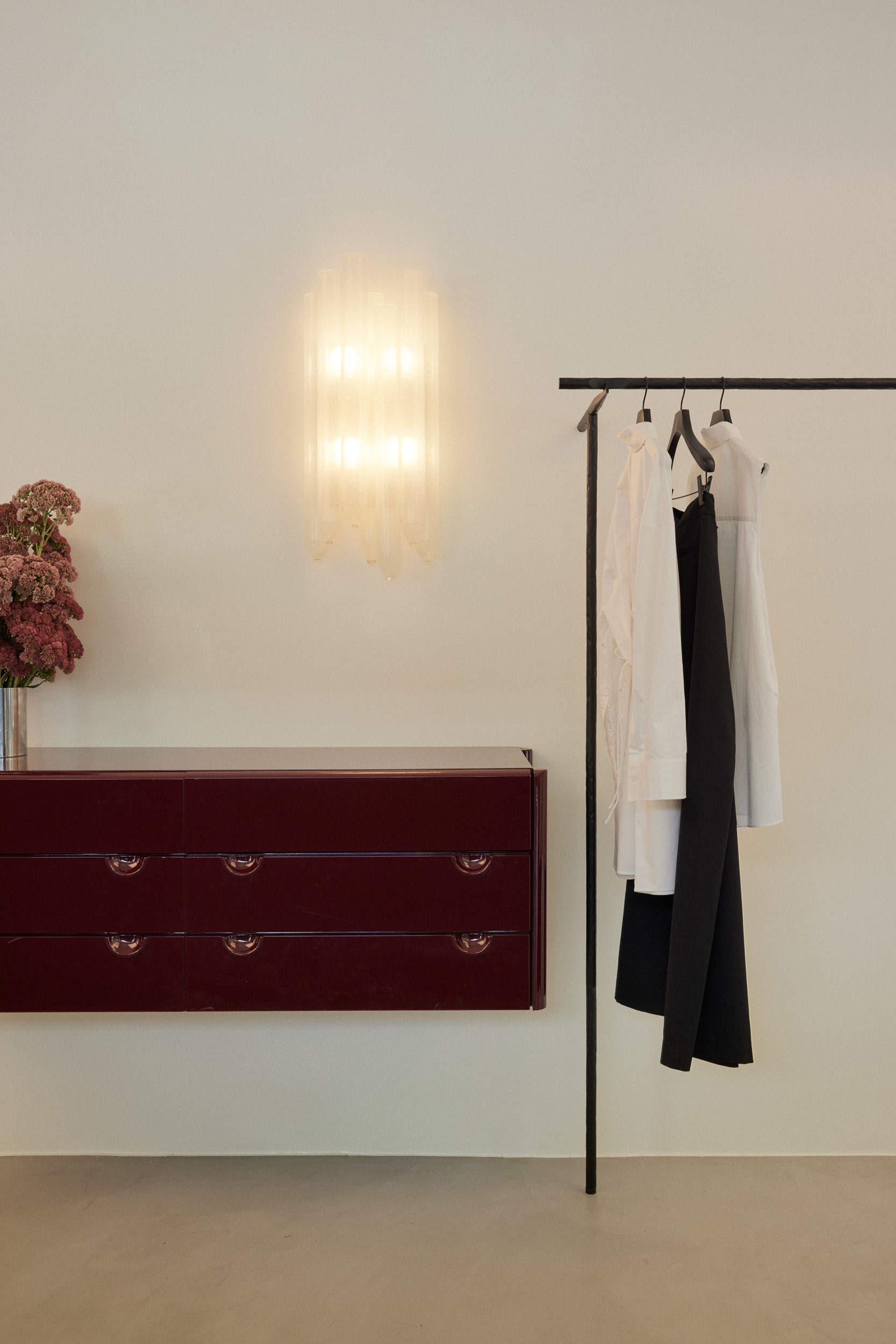
April 11, 2024
Minimalistic design with 1970s Italian influences
James Street (JS), Jamie Henman (JH) – Interior Designer from Henman Designs
St. Agni on James St has recently undergone a renovation – a transformation to not only compliment the direction of the brand, but the visual direction of our district too.
Designers Lara and Matt Fells said, “One of the appealing aspects of James St is its meticulous curation, which aligns well with St. Agni’s own commitment to design. The Brisbane store’s ambiance is enriched by its surroundings, offering customers a cohesive and immersive shopping experience that resonates with the local aesthetic sensibilities.” Lara and Matt
To get a better understanding about the refurbishment crafted by interior designer Jamie Henman from Henman Designs we asked the team two quick questions. Eavesdrop below:
JS: Tell us more about the inspiration behind the new store design.
JH: We decided to renovate the James St store to align more closely with our other stores and the overall direction of the St. Agni brand. Consistency across all our retail spaces helps reinforce our brand identity and ensures a seamless experience for our customers.
We aimed to create a space that feels open and light, inviting customers to explore and engage with our collection. By maximising natural light and optimising the layout, we enhance the shopping experience and make the boutique feel welcoming.
Our vision was to treat each piece in our collection like artwork in a museum, giving each item the space and the attention, it deserves. This approach allows customers to appreciate the craftsmanship and quality of our products while also elevating the overall aesthetic of the store.
Embracing a minimalist design philosophy, we sought to create a clean and uncluttered environment that allows our products to shine. This simplicity not only complements our brand ethos but also provides a serene backdrop for customers to browse and shop.
Despite its minimalist design, we wanted the space to exude warmth and character. To achieve this, we incorporated techy custom-made fixtures and carefully selected vintage pieces. These unique touches add depth and personality to the boutique, making it feel both modern and inviting.
JS: What key visual merchandising elements can we find in store?
JH: A significant sustainable design element in the boutique is the use of vintage furniture and lighting. By sourcing almost all the furniture and lighting as vintage pieces, we minimise the environmental impact associated with manufacturing new items. Repurposing vintage pieces adds character and uniqueness to the store’s design, creating a more eclectic and sustainable aesthetic.
Sustainability was also considered in the decision to retain as much of the existing store as possible. By incorporating elements like the large lightbox and maintaining the layout, we reduce waste and minimise the need for new materials. This approach not only aligns with sustainability principles but also preserves the store’s identity and history.
The choice of many vintage pieces from the 1970s Italian era reflects a cultural influence on the boutique’s design. The 1970s was a period known for its bold and innovative design trends, particularly in Italian furniture and lighting. By incorporating pieces from this era, we pay homage to Italian design heritage while also adding a touch of nostalgia and sophistication to the boutique’s ambiance.
